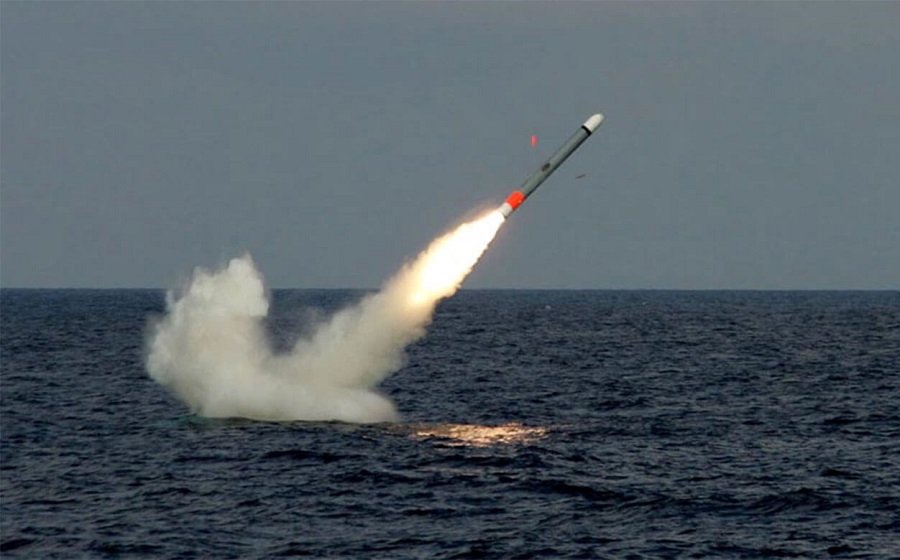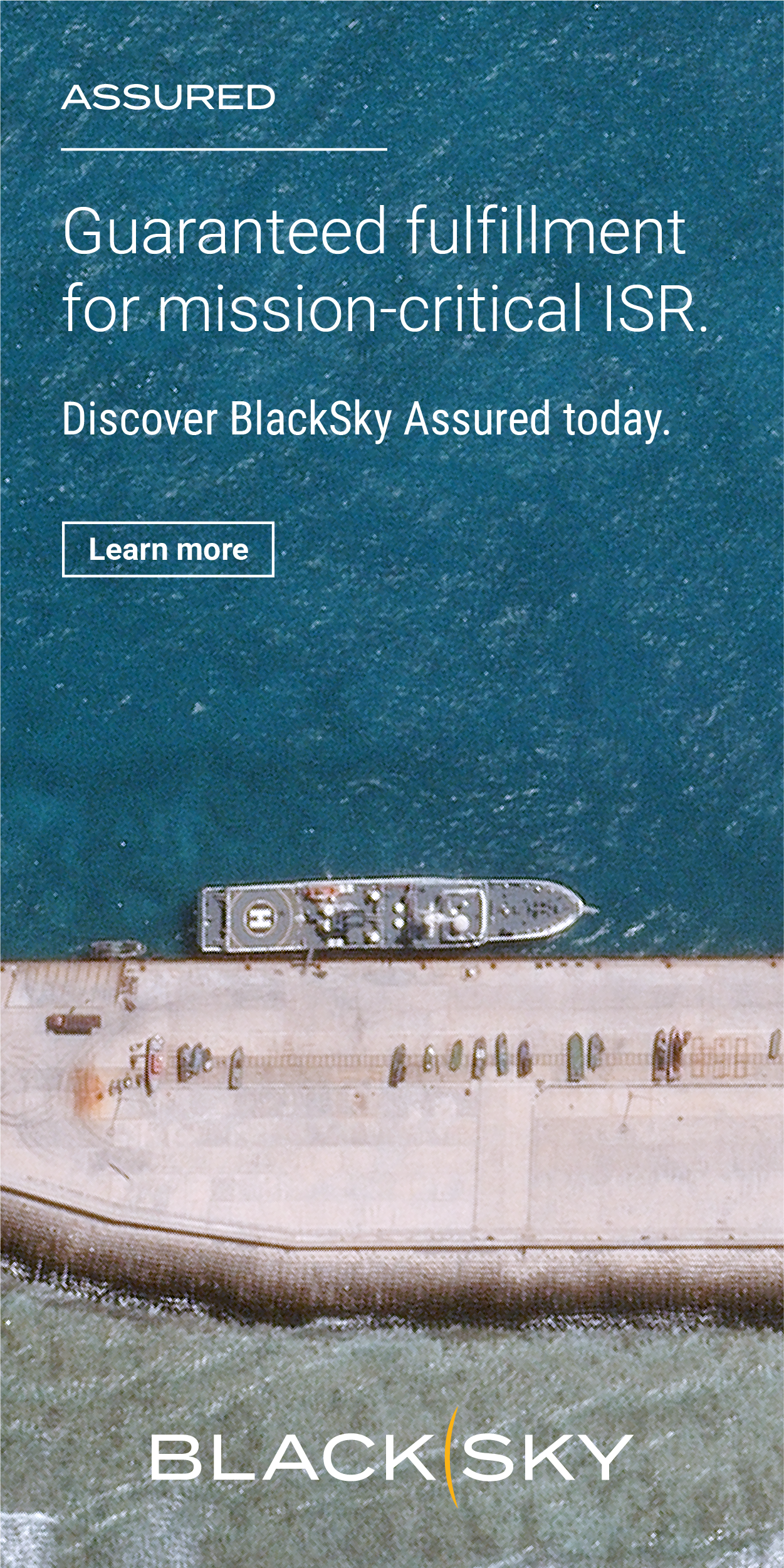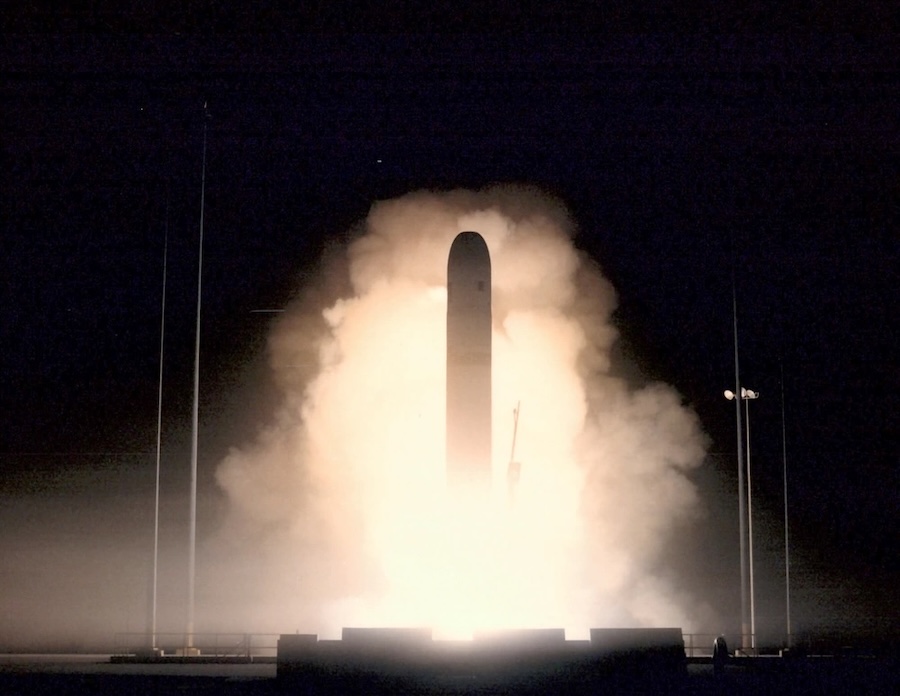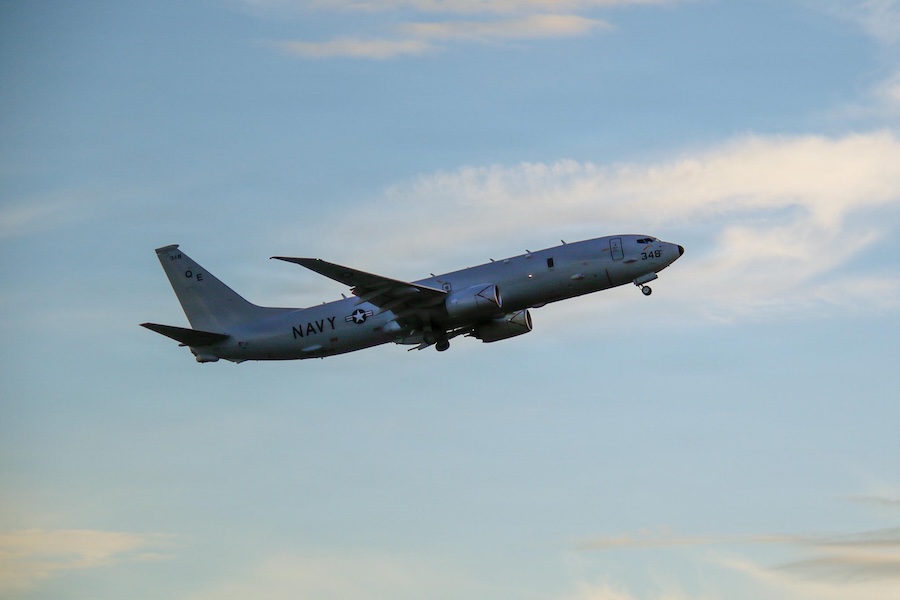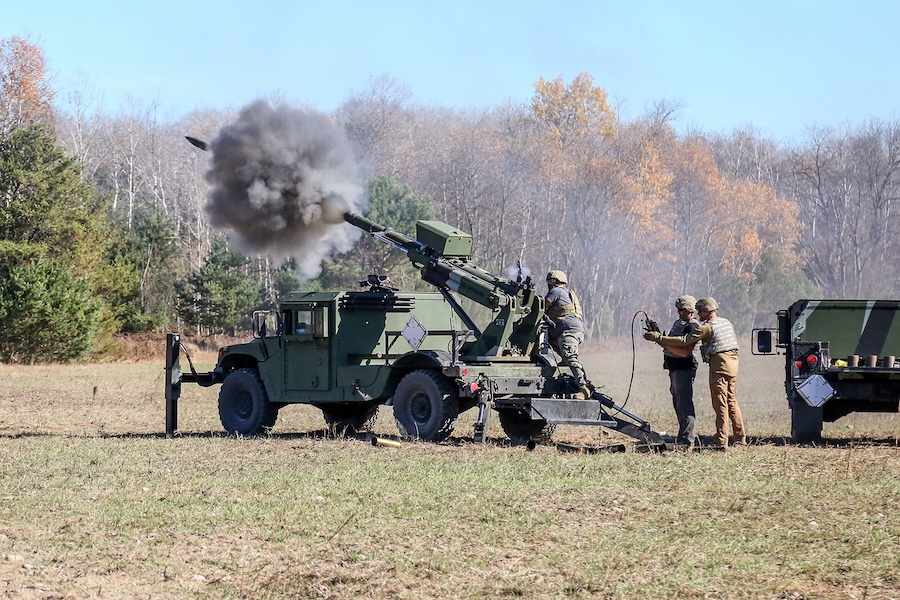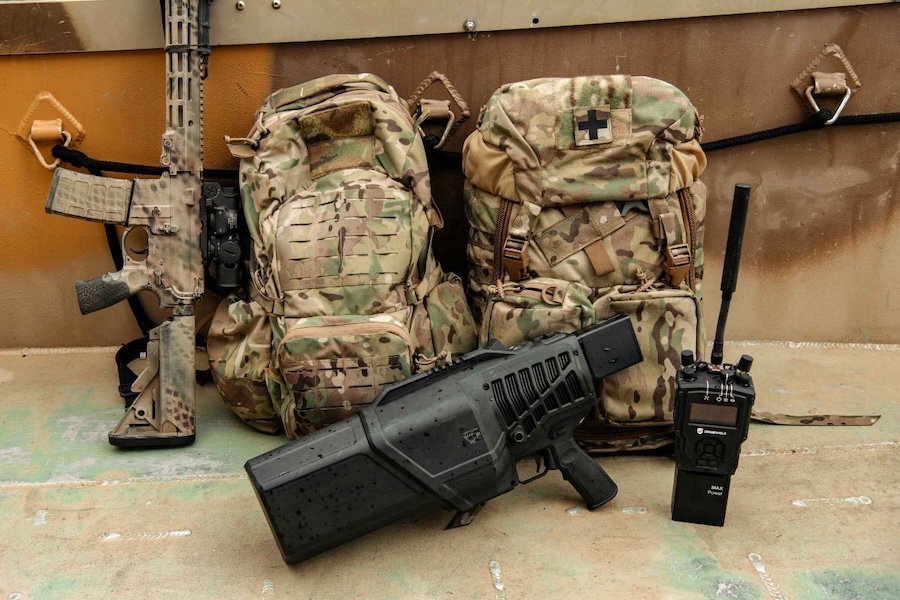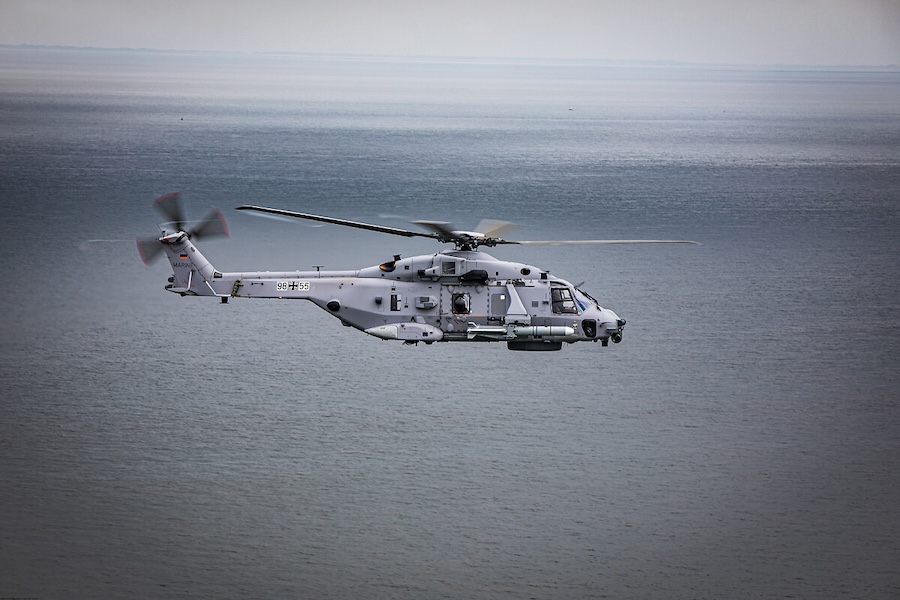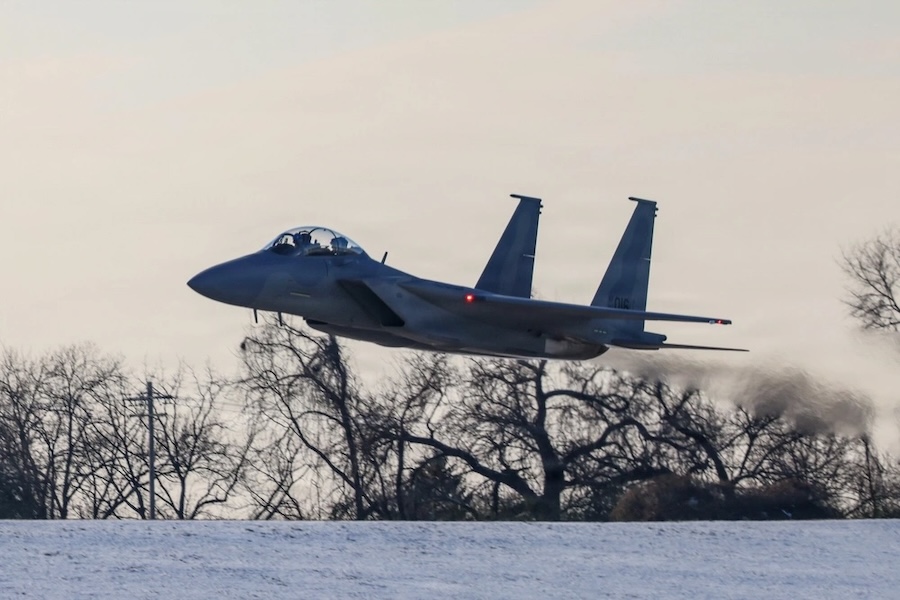The operation also involved seven B-2 Spirit bombers departing from Whiteman Airbase, Missouri, dropping 14 GBU-57/B Massive Ordnance Penetrators on the heavily fortified nuclear enrichment sites at Natanz and Fordo.
“Iran’s key nuclear enrichment facilities have been completely and totally obliterated,” said U.S. President Donald Trump in a Saturday night address from the White House.
Chairman of the Joint Chiefs of Staff Gen. Dan Caine detailed the mission during a Pentagon briefing, stating, “In total, U.S. forces employed approximately 75 precision-guided weapons during this operation. This included, as the President stated last night, 14 30,000-pound GBU-57 Massive Ordnance Penetrators, marking the first ever operational use of this weapon.”
The B-2 bombers were accompanied by fourth- and fifth-generation U.S. fighters that targeted Iranian air defences before the main strike. “The U.S. protection package employed high-speed suppression weapons to ensure safe passage of the strike package,” said Gen. Caine, adding, “We are currently unaware of any shots fired at the U.S. strike package on the way in.”
Following the B-2 strikes, the submarine-launched Tomahawks struck Isfahan. The USS Georgia (SSGN-729), which carries more than 150 Tomahawk Land Attack Missiles (TLAMs), had previously entered the region in September, although the submarine involved was not officially named by the Pentagon.
The Tomahawk Land Attack Missile is a long-range, precision-guided cruise missile capable of deep land attack warfare. It can be launched from U.S. Navy surface ships and submarines, as well as United Kingdom Royal Navy submarines, and has become a weapon of choice for the U.S. Department of Defense.
The Block III TLAM-C variant carries a 1,000-lb class blast/fragmentary warhead, while the TLAM-D variant delivers submunitions via a dispenser system. The Block IV, or Tactical Tomahawk (TLAM-E), introduced in 2004, adds the ability to reprogramme the missile mid-flight via two-way satellite communications to strike up to 15 pre-programmed or GPS-designated targets.
The Block IV can loiter over target areas and provide battle damage imagery via its on-board camera. The most recent model, the Block V, includes upgraded navigation and communication systems, and future enhancements will feature the Maritime Strike Tomahawk (Block Va) and Joint Multiple Effects Warhead System (Block Vb).
Tomahawk missiles travel at high subsonic speeds and extremely low altitudes, using mission-tailored guidance systems and evasive flight paths. First used operationally during Operation Desert Storm in 1991, more than 2,300 Tomahawks have since been deployed in combat, including in Libya and Syria.
Secretary of Defense Pete Hegseth emphasised the limited scope of the current operation. “That’s the message that we’re sending… This is nuclear sites, this is nuclear capabilities. This is the line that the President set, and we set that [nuclear capability] back. Now is the time to come forward for peace.”
Iran’s Supreme Leader Ayatollah Ali Khamenei had warned prior to the strike that U.S. military action would bring “irreparable damage.” Iranian Foreign Ministry officials described any such action as a “recipe for an all-out war in the region.”
Iran-backed Houthi forces in Yemen and Kata’ib Hezbollah in Iraq have both threatened retaliation against U.S. interests in the wake of the strikes. “Any hostile act targeting any Islamic country will be opposed and confronted by us,” said Mahdi Al-Mashat of the Houthi political bureau.
Regional security experts expect possible symbolic retaliation rather than full-scale escalation. “We have entered uncharted territory tonight, and nothing can be ruled out,” said Mohammed Albasha, an analyst specialising in Yemen and regional conflict dynamics.




